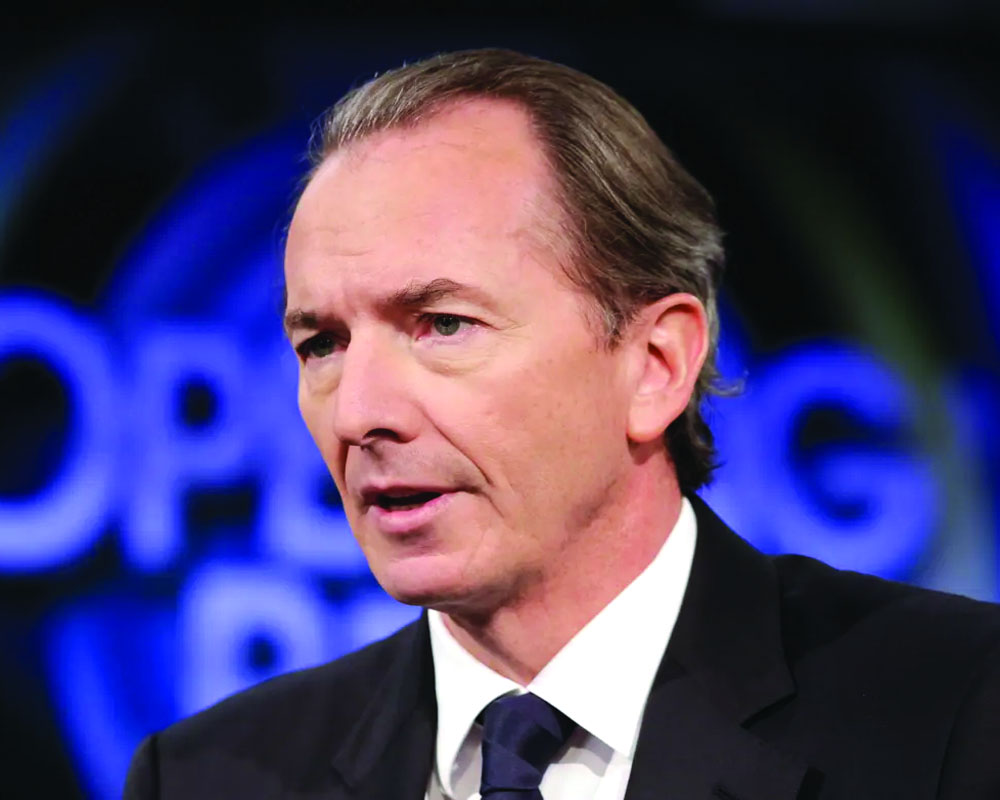Morgan Stanley has painted a rosy picture of the economy, but it omits some key indicators
Government and Bharatiya Janata Party supporters must be happy over the recent report by Morgan Stanley, the global financial services firm. “This India is different from what it was in 2013. In a short span of 10 years, India has gained positions in the world order with significant positive consequences for the macro and market outlook,” it said. “India has transformed in less than a decade.” This is surely a vote of confidence for Prime Minister Narendra Modi and his economic policies. The report has highlighted 10 big changes that have taken place since 2014. Bringing down the corporate tax rate at par with the same in other major economies and heavy infrastructure investment are among the top supply-side policy reforms, Morgan Stanley said. The soaring collection of goods and services tax (GST) and the growing share of digital transactions as a percentage of GDP indicate the formalisation of the economy, it added. Other pluses, according to Morgan Stanley, are direct transfer of subsidies to accounts of beneficiaries, the Insolvency and Bankruptcy Code, flexible inflation targeting, focus on foreign direct investment (FDI), Government support for corporate profits, a new law for the realty sector, and MNC sentiment at multi-year high. Manufacturing and capital spending as a percentage of GDP has continuously risen, Morgan Stanley said, adding export market share is projected to more than double to 4.5 per cent by 2031.
Much of what Morgan Stanley has said is correct, but at places optimism seems a bit excessive. It seems to have overlooked a few facts. For instance, FDI inflows into the country fell by 16 per cent to $71 billion on a gross basis in the last fiscal, though the decline has been attributed to weak global factors. Similarly, manufacturing remains a laggard; its share continues to languish at 16-17 per cent of the country’s GDP. The Government has made big claims about the potential of industrial growth; it launched ambitious programmes like Make in India and the production-linked incentive or PLI scheme for several sectors. And yet, manufacturing’s share in GDP is no different than it was in 2011, the year in which the National Manufacturing Policy was announced with the target to make the share go up by 2022. Then there is the issue of jobs; the economy is not able to generate quality employment. This reflects in consumption patterns. The sales of luxury products are zooming, whereas the items used by common people like kitchen appliances are not doing as well. Growth accelerated to 6.1 per cent in the fourth quarter of 2022-23, and for the entire fiscal it was upwardly revised to 7.2 per cent. For 2023-24 too, India is likely to grow by over 6 per cent, and will be the fastest growing big economy. The Government must persist with reforms and ensure the more supply-side bottlenecks are removed so that the fruits of growth and development are equitably distributed.


























